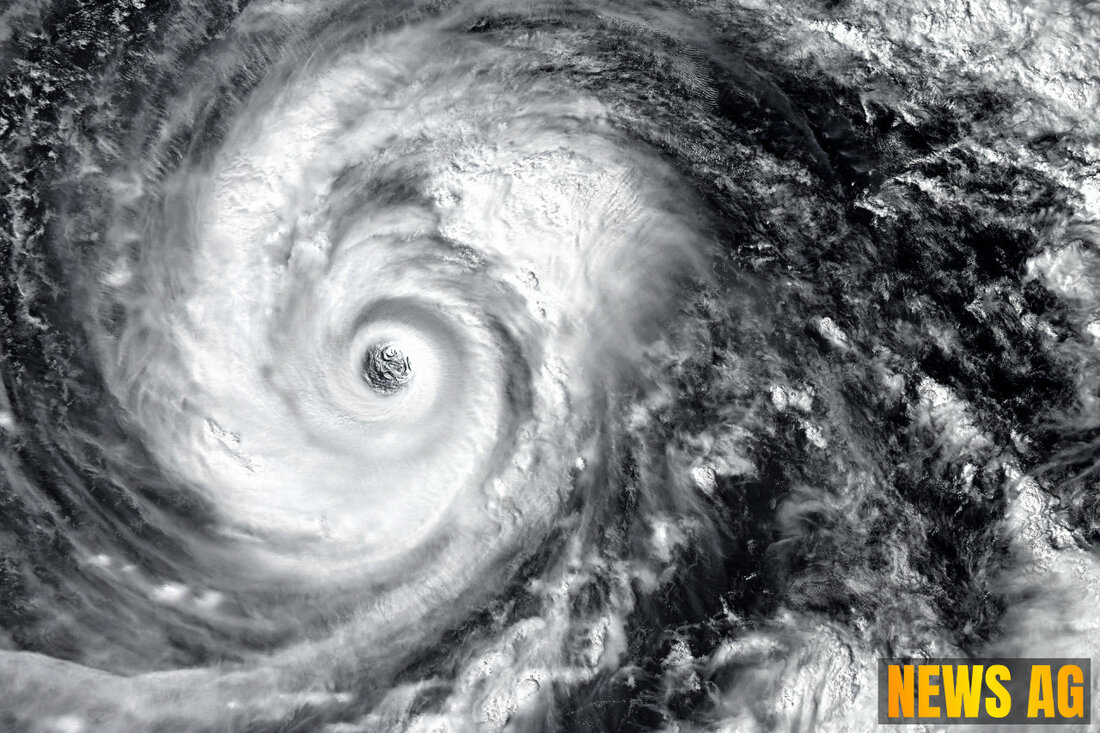30 Years After Hurricane Andrew: Lessons in Florida's Preparedness
On August 24, 2025, reflections on Hurricane Andrew's impact highlight critical lessons in preparedness and building resilience in Florida.

30 Years After Hurricane Andrew: Lessons in Florida's Preparedness
As we mark the 30th anniversary of Hurricane Andrew’s landfall on August 24, 1992, the impact of this devastating storm still resonates throughout Florida, shaping how we prepare for hurricanes today. Robert Molleda, now the Warning Coordination Meteorologist at the National Weather Service in Miami, recalls the harrowing experience of Andrew as it wreaked havoc across South Florida. He emphasizes that the lessons learned have transformed both emergency management and community preparedness in the state. According to WUSF, Andrew’s winds exceeded 157 mph and produced a catastrophic storm surge of 17 feet, leaving approximately 250,000 people homeless.
The destruction that ensued was staggering, notably in areas such as Homestead, Cutler Ridge, and Florida City, where homes and lives were upended. In the wake of this disaster, initiatives like „We Will Rebuild,“ led by the Greater Miami Chamber of Commerce, highlighted the community’s resilience and determination to overcome such adversities. As Governor Ron DeSantis noted, Florida has since positioned itself as a leader in emergency management, focusing on preparedness as a priority.
Building Codes and Hurricane Resilience
The aftermath of Andrew demanded significant changes to building codes across the state. No longer were basic structural integrity measures sufficient; Florida’s revised codes now incorporate stringent requirements for wind resistance and impact-resistant materials, offering a comprehensive approach to withstand future storms. Elizabeth Plater-Zyberk, a prominent architect, has pointed out that this evolution in building practices culminated in the establishment of the Florida Building Code in 2002. This code mandates features such as reinforced openings and hurricane straps that help structures endure the fury of storms.
Research conducted at Florida International University’s Wall of Wind facility—a testing ground for weathering Category 5 winds—underscores the importance of such innovations. As technology advances, new solutions emerge, bolstering hurricane resilience and ensuring that buildings can face the challenges posed by Mother Nature. Communities that have embraced these modern building codes report lower damage costs and a swifter recovery post-storm—an economic win-win for residents and local governments alike.
Continuing Challenges and the Path Forward
Despite these advancements, complacency among the public remains a significant barrier. Many continue to underestimate the risks hurricanes pose, regardless of storm category. Experts are particularly concerned about newcomers to Florida who may not be fully aware of the extensive preparations necessary for hurricane season. Bryan Norcross from Fox Weather reflects on how Hurricane Andrew, which had peak winds of 165 mph and developed even stronger gusts upon landfall, serves as a stark reminder of nature’s unpredictability.
Furthermore, adapting building codes is not just about compliance—it’s an economic strategy benefiting homeowners through potentially lower insurance premiums and reduced repair costs. However, communities must grapple with the challenge of implementing these new standards, which often face resistance from those accustomed to traditional practices.
Strategies for enhancing hurricane resilience are clear. Ongoing collaboration between engineers, policymakers, and the public is essential to updating and enforcing building codes that protect us all. Education plays a crucial role; understanding these measures empowers individuals to take proactive steps toward safeguarding their homes and loved ones as we’ve seen since Andrew. As we remember the lessons of the past, let’s commit to a better prepared future together.

 Suche
Suche
 Mein Konto
Mein Konto